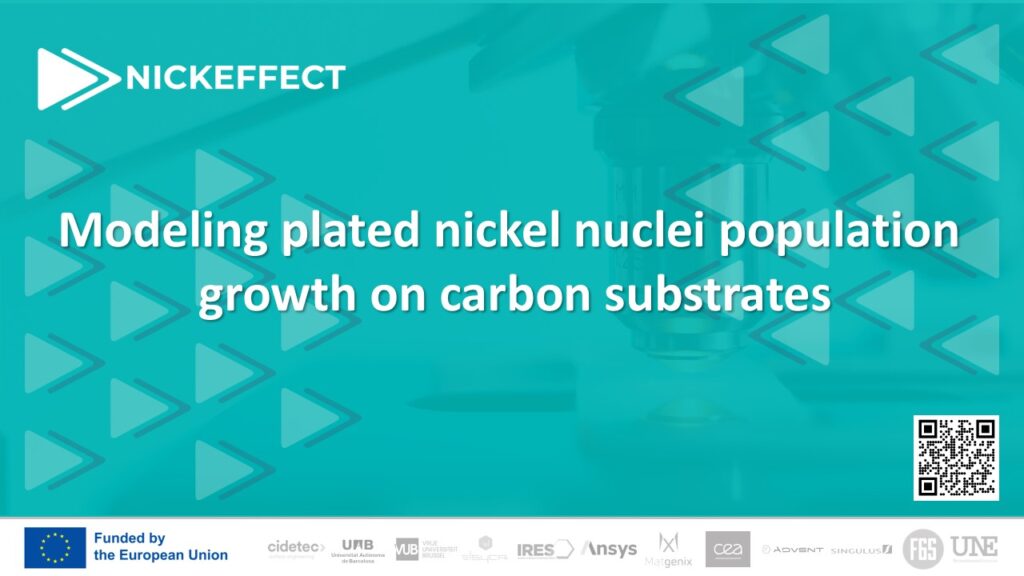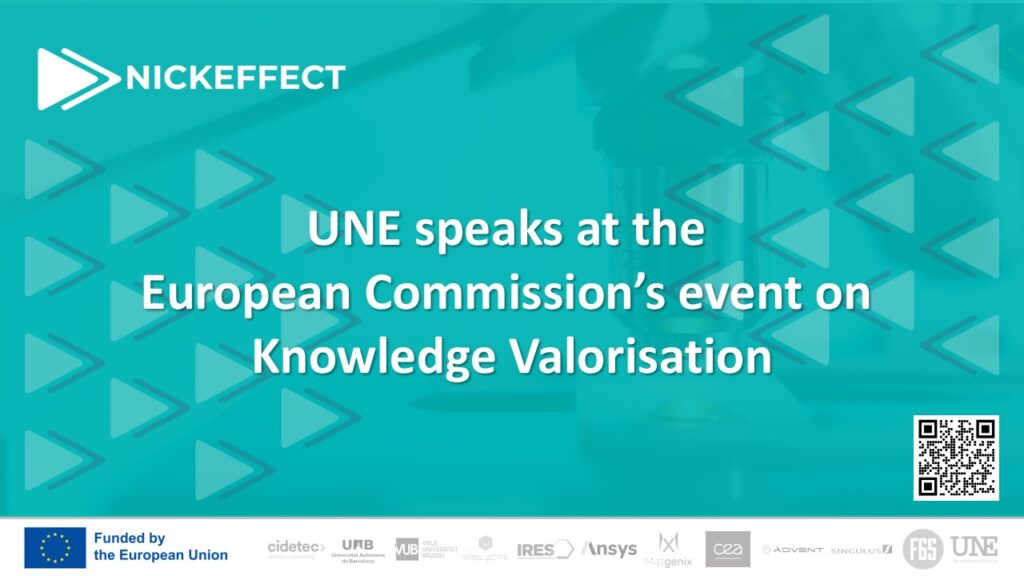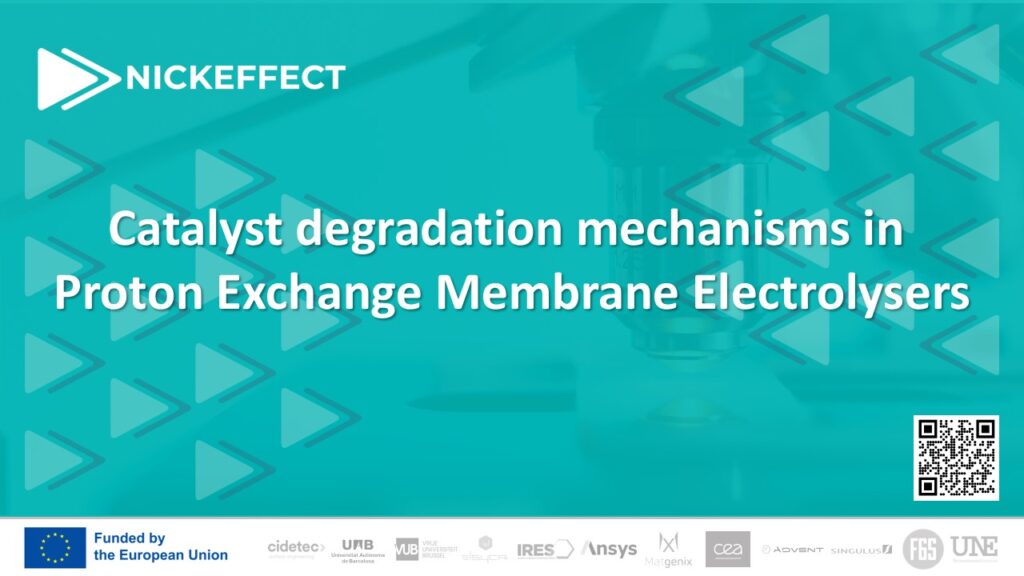Category: News
Since the NICKEFFECT projects aims at replacing platinum catalyst based PEM Fuel Cell (FC) cathodes by porous graphite electrodes that are covered with nickel alloy (nano-)particles, the plating process for […]
On December 10, the stakeholder meeting organized by the European Commission on “Driving EU prosperity: The future of Knowledge Valorisation” took place in Brussels, with live streaming broadcast. The program, […]
Hydrogen is recognised as a clean energy carrier that could play a key role in reducing global carbon emissions. In Proton Exchange Membrane Water Electrolysers (PEM WE), the hydrogen evolution […]
Recycling as a key of material circularity and societal acceptance Production of energy from renewable sources is one of the keys to face the ongoing environmental crisis. The intermittency […]
Developing new materials involves navigating a series of complex decisions. For example: Should the focus be on improving performance or reducing cost? How will manufacturing processes impact material properties? […]
On December 5th, 2024, industry leaders and innovators came together for a highly engaging webinar on Industrial Sustainable Plating, featuring cutting-edge advancements from two major EU-funded initiatives: NICKEFFECT and MOZART. […]






